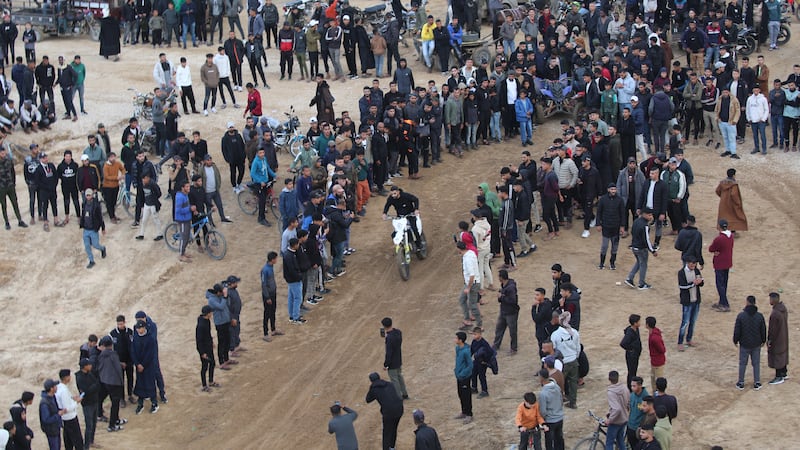The sheer volume of content regularly uploaded to YouTube makes it tough for the video-sharing website to catch all terror-related content, a senior official from its owners told members of the European parliament on Wednesday.
About 300 hours of video material is being uploaded to YouTube every minute, said Google policy manager Verity Harding, who stated: "To pre-screen those videos before they are uploaded would be like screening a phone call before it's made."
Harding, who was speaking at a gathering of European parliament MEPs from the Alliance for Liberals and Democrats for Europe grouping, said YouTube has very clear policies in place that forbid hate speech, incitement to violence and graphic violence. "So we would and did remove, for example, the horrific Isis beheading videos that we saw recently because of their graphic and inciteful nature," she said.
However, as with nudity and other types of content, she added there are occasions when the company makes exceptions because of the content of the video.
“For example, many media outlets did show portions of those [beheading] videos. CNN … they showed portions of the video as did many other media sites and therefore we allowed this to stay on the site because it has the appropriate news, documentary context around it. So context is very key here. This did not have the graphic moment in it but it was a clip of the video.”
Harding said YouTube had mechanisms in place to allow users to flag videos that were prohibited by its guidelines and had moved to introduce a specific “promotes terrorism flag”.
“After a video is flagged it is reviewed by our enforcement team. That is staffed 24 hours a day, seven days a week. A human always reviews every video because it’s not a decision a computer can make.”
In her presentation, she told MEPs: “We don’t actively pre-screen for content. We have 300 hours of content uploaded every minute, and to pre-screen those videos before they are uploaded would be like screening a phonecall before it was made. It wouldn’t allow YouTube to be this flourishing platform, so instead what we do is rely on our 1 billion-strong community to help us flag violations of our policies.”
While it is a major task to detect all violent, extreme and racist material, Harding said YouTube is receiving assistance. “There are community groups and others who do this on a larger scale and they’re incredibly helpful to us,” she said.
Harding was appearing alongside the European Union’s counter-terrorism coordinator, who said that he believes it’s time to help companies to contain the security risk by having experts from member states flagging terror-related content.
“We have to help them, and refer to them, and signal content,” said Gilles de Kerchove said. “Each member state should have a unit with people trained to do that.”
When a Scotland Yard unit recently told Google about material that did not comply with the company's own guidelines, de Kerchove said 93% of that content was removed. But when individuals flag up problems only a third of it is taken down.
Despite the serious threat posed by extreme and violent videos, neither the big internet companies nor the European Union appear willing to take on a legal battle to enforce their removal.
“We can contemplate legislation but I suspect it would be an awfully monumental exercise,” de Kerchove said.
A YouTube spokesman said: “YouTube has clear policies that prohibit content like gratuitous violence, hate speech and incitement to commit violent acts, and we remove videos violating these policies when flagged by our users.”
Guardian Service
















